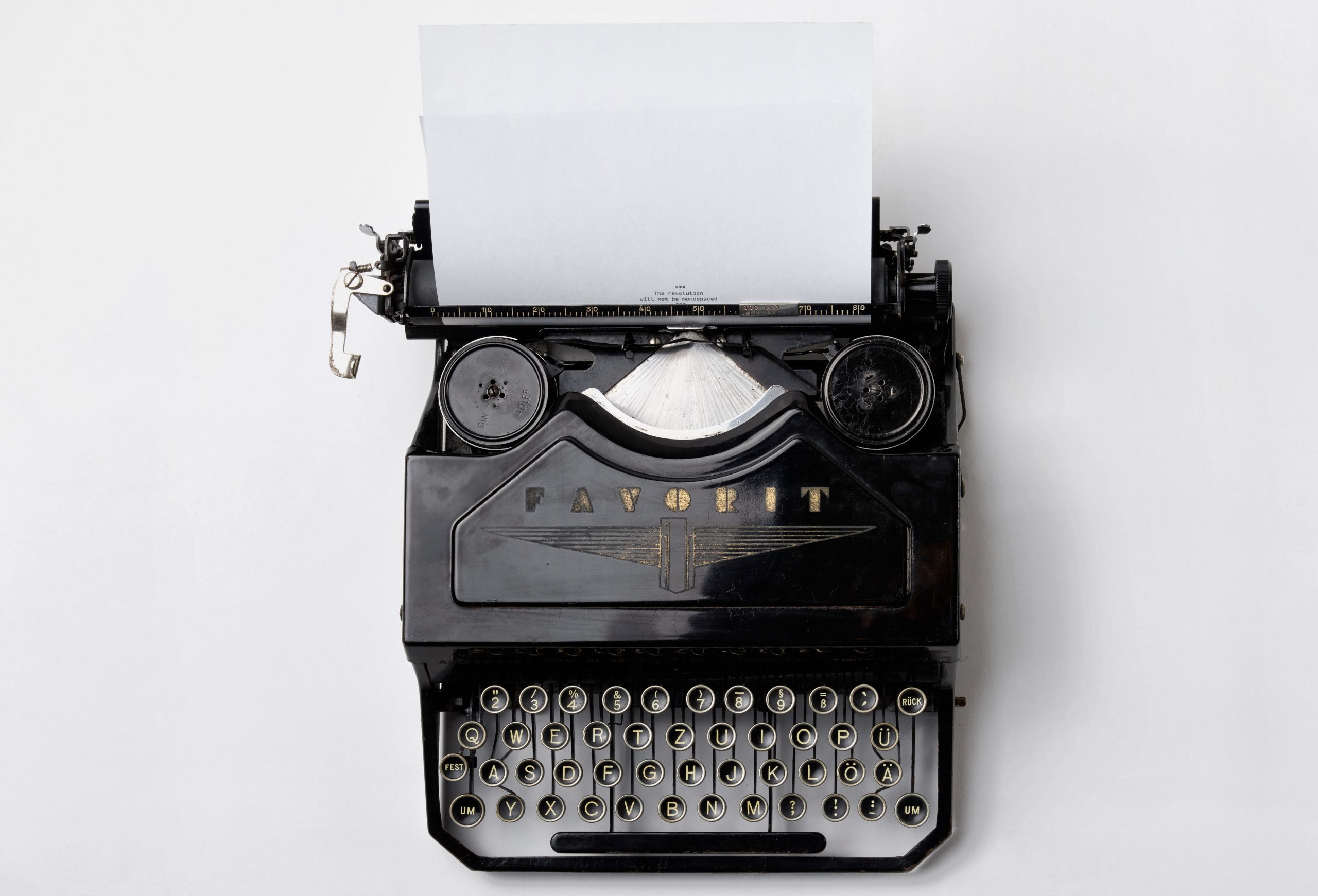
Author Confession: My Experiences of Traditional Publishing
Honestly, in a word, my experience of traditional publishing has been… mixed.
I shall explain. But first I’ll say what I’m talking about. Traditional publishing is when the publisher takes all the financial risks of the publishing process and the author gets royalties, and sometimes an advance against royalties. Royalties are typically low, which makes sense given who’s fronting the money for the book project. Traditional publishing contrasts with hybrid publishing, where publisher and author share the financial risk of publishing in return for higher author royalties.
I have huge respect for traditional publishers. It is a tough business involving critical judgment calls made by experienced people who know the book market. There is money to be made, but also money to be lost. Moreover, in the academic side of traditional book publishing, publishers are motivated by visionary mission as much as by profit – some are even non-profit corporations. They want to introduce new authors to the academic world and cultivate new lines of research even though they know they’ll lose money, at least at the start. Impressive.
All that said… as an author, my experience has been mixed. I have authored or edited almost two dozen books, most of them academic tomes. My traditional trade publishing experience is limited but positive. St. Martin’s Press published Spirit Tech, which I co-authored with Kate Stockly. That was a great experience from beginning to end. The editing was thoughtful and detailed. The marketing was professional and imaginative. The production process was seamless. I can’t imagine anything better.
Traditional academic publishing? Not so much.

I never realized how good things could be for an author until I ventured outside traditional academic publishing. In working closely with editors, helping me refine both my fiction and non-fiction, and in working with St. Martin’s to get Spirit Tech out the door, I discovered how satisfying the author experience can be.
You might be thinking: here comes a broadside attack against traditional academic publishers!
Nope. Not from me, anyway. I’ve heard those attacks from colleagues but I see things differently.
My author experience with traditional academic publishers, even the most famous of them, has been underwhelming, yes. There has been virtually no meaningful editing. Editors sometimes appear to struggle with English and introduce mistakes. Sometimes they don’t understand the publisher’s own style sheet. Layout errors, diagram mistakes, and messy indexes are all par for the course. The proofing process is absolutely critical because of all this, but even proofing changes are sometimes not transferred accurately into the manuscript. Is there any nurturing of the author? No. Is there any discussion of future books? No. Is there any serious marketing? Definitely not. That’s what I mean by underwhelming. Traditional academic publishing has become an impersonal service of questionable quality, regardless of the publisher’s reputation, and I’ve published with the best.
But whose fault is that? Traditional academic publishers are in an economic bind. There are more academic authors and books than ever. EVER, as in more than ever in the history of the world. The academic book market is fairly fixed in size and, in some areas, particularly humanities subjects where I publish most, seems to be shrinking. Books are expensive to produce and warehouse. This drives book prices up and sets publishers scrambling to find the most inexpensive methods to edit, design, print, store, and distribute their books. How do they make money? Aside from the hypercompetitive textbook market, they make money mostly by selling hardbacks to university libraries. But university libraries are shifting purchasing policies, under budget pressure related to the changing publishing industry. Plenty of college and university boards will ask why their libraries even have print books anymore. As academic publishers up their prices to cover production costs, libraries cancel book subscriptions, and revise policies away from preserving a record of human knowledge in the direction of supporting student learning. Publishers charge more to extract whatever blood they can from what is increasing looking like the stone of university libraries. It’s a classic negative economic feedback loop. University libraries are struggling. Academic publishers are struggling. And authors are often lumped with second-rate service.
It’s not just the economic challenges that lead traditional academic publishers to give authors the bare minimum in service. This is also about academic cultures and the resulting dismissive attitudes to communication with wider audiences. i have routinely heard my colleagues say of fellow academics that they are “no longer serious scholars” because they publish trade books that ordinary people are interested in reading. I’m sure they say that about me, too, now that I have crossed over to the dark side and have some trade publication experience. Some way downstream from such academic sniping there lies a dark consequence for the author experience of traditional academic publishing. We scholars refuse to learn how to communicate with a broad audience because we’re afraid of what our colleagues will think and because we want to be respected in our fields – with tenure, promotion, salary raises, academic prestige, and everything else that comes with that respect. Fine. But that means, in an oversimplified nutshell, that traditional academic publishers can only sell our books in expensive hardback format to academic libraries and they will have to cut corners on service, delivering a second-rate author experience.
Even in traditional publishing, you have to pay to get your book properly edited. You have to promote the book yourself. You have to wait two or three years before an affordable paperback edition is available for students to use in classrooms. And you have to settle for a dismal author experience at every step of the way because we – yes, all of us – have put traditional academic publishers in an economic bind and they need to cut corners to survive.
Traditional trade publishing is a little different but the same story applies. Just read author comments about their traditional publication experiences. No wonder hybrid publishing is taking off.
I know this is complicated. The trade publishing world is not the same as the academic publishing world. This problem varies from country to country. Some authors are geniuses who can do anything they want. Younger scholars can’t afford to mess around with academic publishing alternatives. Hybrid publishers can be exploitative and yield bad author experiences. Authors can be arrogant, delusional divas. Yada, yada. Yeah, really, I know. But if you care about communicating outside narrow academic specialties, and you have to do all the work yourself anyway, why not pay for a first-rate author experience and recoup your investment with higher royalties on the back end? It is tempting, to say the least.
My experiences as an author – from the sublime to the ridiculous – have inspired Wildhouse Publications to be author-focused. We’re aiming to create an unbeatable author experience, beginning with our innovative acquisitions model (see WHP Services for details). WHP acquisitions editors are partners for authors. These gifted communicators support authors through visioning, proposal advising, manuscript coaching, and developmental editing. They help authors present the most persuasive proposal and the most compelling book manuscript possible. They help authors grow in skill and influence.
If you were wondering why WHP is set up this way – to cultivate authors for the sake of improving our connection with readers in our audience – now you know. My experiences as an author have inspired this critical business decision. WHP is doing the author experience right.
Wesley J. Wildman, Manager
Wildhouse Publications
WesleyWildman.com